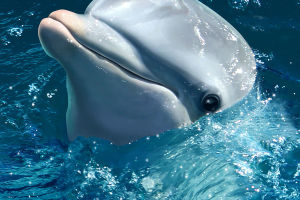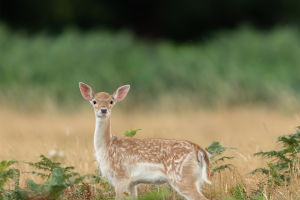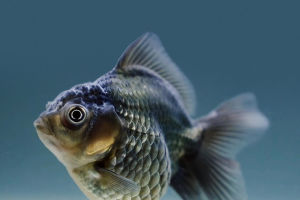The leopard is a solitary, territorial animal.
Adults only come into contact during the mating season and the white spots behind their ears are thought to play a role in communication.
There is a hypothesis that the white tip of their tail may serve as a "follow me" signal.
Leopards are nocturnal, active from dusk to dawn and resting for most of the day.
Cheetahs rely mainly on their acute hearing and vision to hunt.
Leopards are very dexterous climbers, often perched on tree branches and walking head down from trees.
They can run at a speed of 58 km/h and jump horizontally up to 6 meters long and vertically 3 meters.
Cheetahs are the fastest four-legged animals, reaching 113 km/h for short runs.
They can run 500-800 meters and only about 50 km/h for long runs.
The golden leopard can run 76 km/h for a short distance.
It can keep running for about 1,000 meters.
Its long distance running speed is only about 28 km/h.
The leopard is a carnivore that prefers medium-sized prey, weighing between 10 and 40 kg.
Prey in this weight range tend to be more numerous and occur in small groups.
Antelopes, colobus pigs, deer and horned horses are their food.
Primates that they also prey on include colobus monkeys, white-browed monkeys, horned apes, langurs and occasionally gorillas and baboons, and small mammals including black-backed jackals, horned foxes, African primates, hares, porcupines and rock civets.
Leopards are also good swimmers, and they will catch fish and crabs in the water to eat.
The leopard stalks its prey and gets as close as possible to the target, usually within 5 meters, pouncing on the prey.
It will kill them with a bite on the back of the neck, but for larger animals, it will strangle them by the throat.
Thanks to its huge skull and powerful jaw muscles, it is able to capture large prey.
So the leopard is strong enough to drag prey heavier than itself up a tree, for example alone it can drag a small giraffe weighing about 125 kg up a tree 5.7 m high.
Small prey is eaten immediately, while larger prey is dragged hundreds of meters away and safely hidden in trees, bushes, or even caves for later consumption.
The hiding place depends on the local terrain and personal preference, with some preferring trees and others preferring bushes.
Leopards are mammals, like tigers but smaller in size, with many spots or patterns on their bodies.
They are fierce, can climb trees, prey on other animals, and harm humans and animals.
The leopard, along with the lion, tiger and jaguar, is one of the four major cats, and is the smallest of the four big cats in the genus Leopard.
The leopard is the fourth largest cat, the remaining three being the tiger, lion, and jaguar.
The scientific name of leopard is Panthera pardus, and leopard is a common name used by people verbally.


